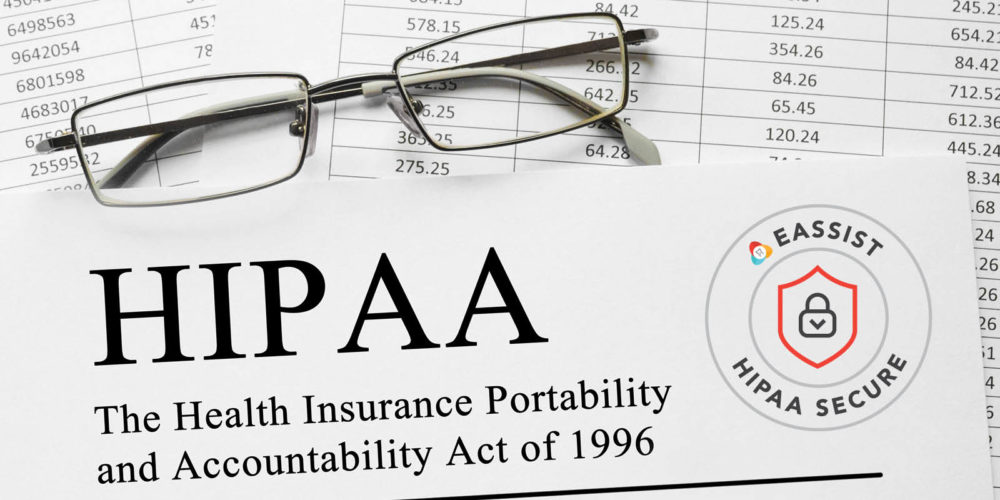Tired of Rejection?
By James V. Anderson, DMD, CEO, eAssist Dental Solutions , Reprinted from the Winter Edition of the American Academy of Implant Dentistry.
May 14, 2002 was an exciting date for endosseous dental implants and abutments because they were approved by the FDA. For decades dental implants have been safely placed and rigorously tested for longevity of treatment and resulting long term health benefits. That being said, where is dental insurance on this issue? According to the people in the trenches filing claims daily, this issue is complicated. Payment for implants has improved in the last five years as insurance companies have slowly added coverage based on the clinical success demonstrated. For the most part, dental implants still fall into a “cosmetic” category. As a result, they are usually reviewed by a dental consultant, who is a licensed dentist whose job is to verify whether the procedure or service provided is covered by the dental plan. Before a dental office sends the claim, whether for pre-estimate or for payment, a detailed process must be exactly followed or the claim will be denied. The result will be a lengthy and complicated appeal. This process normally includes: • Filing claims according to the insurance company’s guidelines, including: • Correct payer ID • NPI number of the care provider • Proper codes (be aware of coding additions, deletions and revisions) About 10% to 30% of claims filed for implants are not coded correctly according to our claims processors Note: Most dental software automatically updates code additions but not deletions or revisions. That usually falls to administrative staff to do manually. • Having access to clinically excellent supportive material such as: Clinical notes in the form of SOAP (Subjective, Objective, Assessment and Plan) and Diagnostic quality radiographs ,Supportive oral photo images and periodontal charting and Precise narrative containing the information that the insurance companies deem necessary to support the policy provisions not the necessity of the service. Insurance companies say that the pre-estimate is “not a guarantee of payment” even though, according to the contract with the insured, it is a covered benefit. That is because the claim will not be adjudicated through the payment process unless it matches the Processing Policy Manual provisions. For example, a dental implant was a covered benefit, but the claim was denied because there was a missing tooth clause, and the tooth being replaced had been extracted prior to the date of coverage. Beware of medical policies, particularly those issued in the last two years under the Affordable Care Act, that have an embedded dental policy. The medical is billed first, a denial Explanation of Benefits (EOB) is sent to the dental policy. The catch here is the deductible. If you get benefits under the medical policy, it may be subject to a much higher deductible than traditional dental plans. We expect that future dental insurance policies will cover some costs for surgical insertion of the dental implant. However, it is crucial to check the policy’s coverage, benefits, limitations, and exclusions. For example, Delta Dental has more policies that allow some implant coverage, but that will change from policy to policy under the same insurance company. Some policies will cover the implant placement but not the bone graft. Some policies will not reimburse for the implant but rather for an alternate treatment, such as a removable partial or fixed partial. Other policies will cover the restorative placed on the implant. The single unit abutment-supported or implant supported crown is the most commonly paid treatment. Mini Implants don’t have the track record of placement success as the endosteal implant. When placing the mini implant, use the mini implant code not the full size code. A healing cap is not an interim abutment and cannot be billed as such. D2799 can be reported as an interim provisional according to the ADA.
Dr. James Anderson is a member of the WhiteCap Institute of Dental Implantology and currently lectures at the WhiteCap Institute. He founded eAssist Dental Billing in January 2008 when he identified a need for professional claims processors in the ever complicated arena of dental claims filing.
eAssist Helpful News and Billings Tips; Edition #101





0 Comments